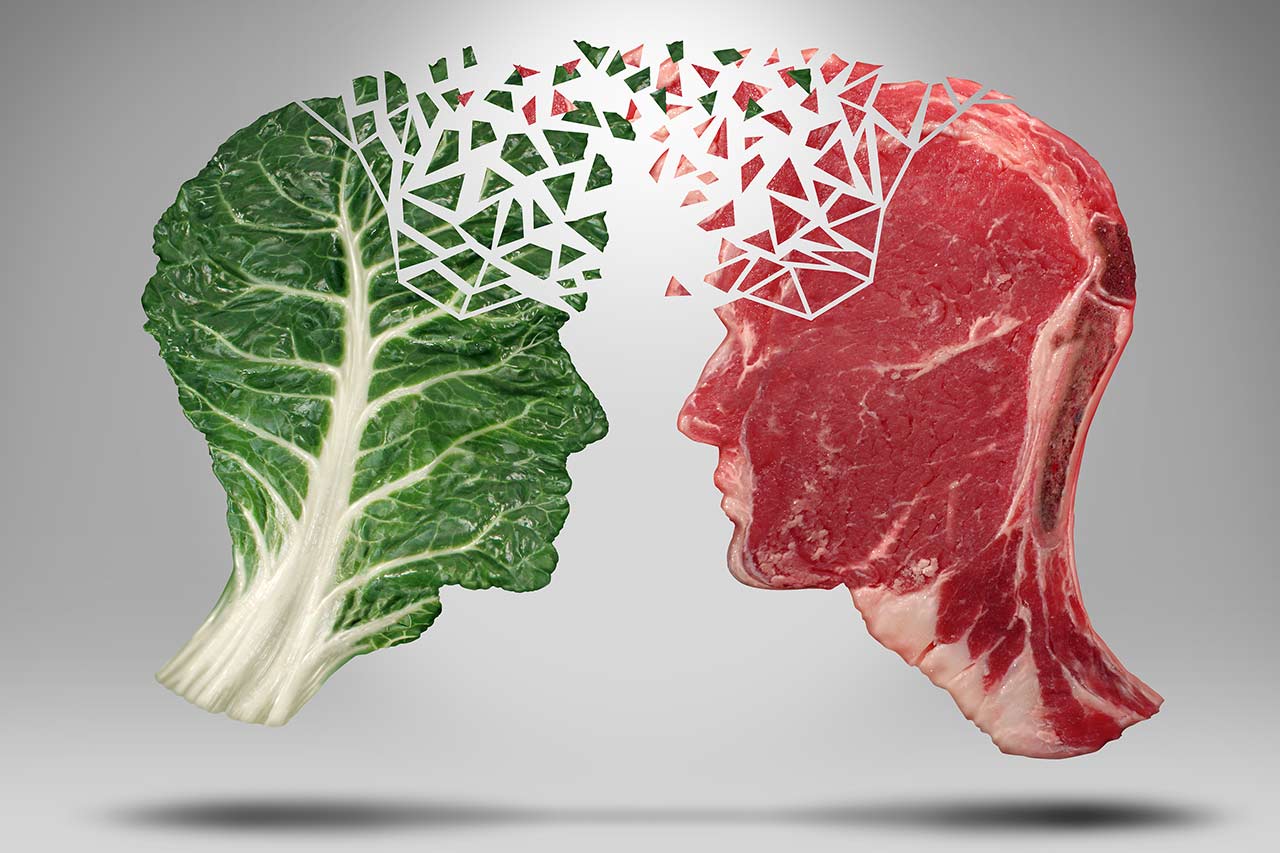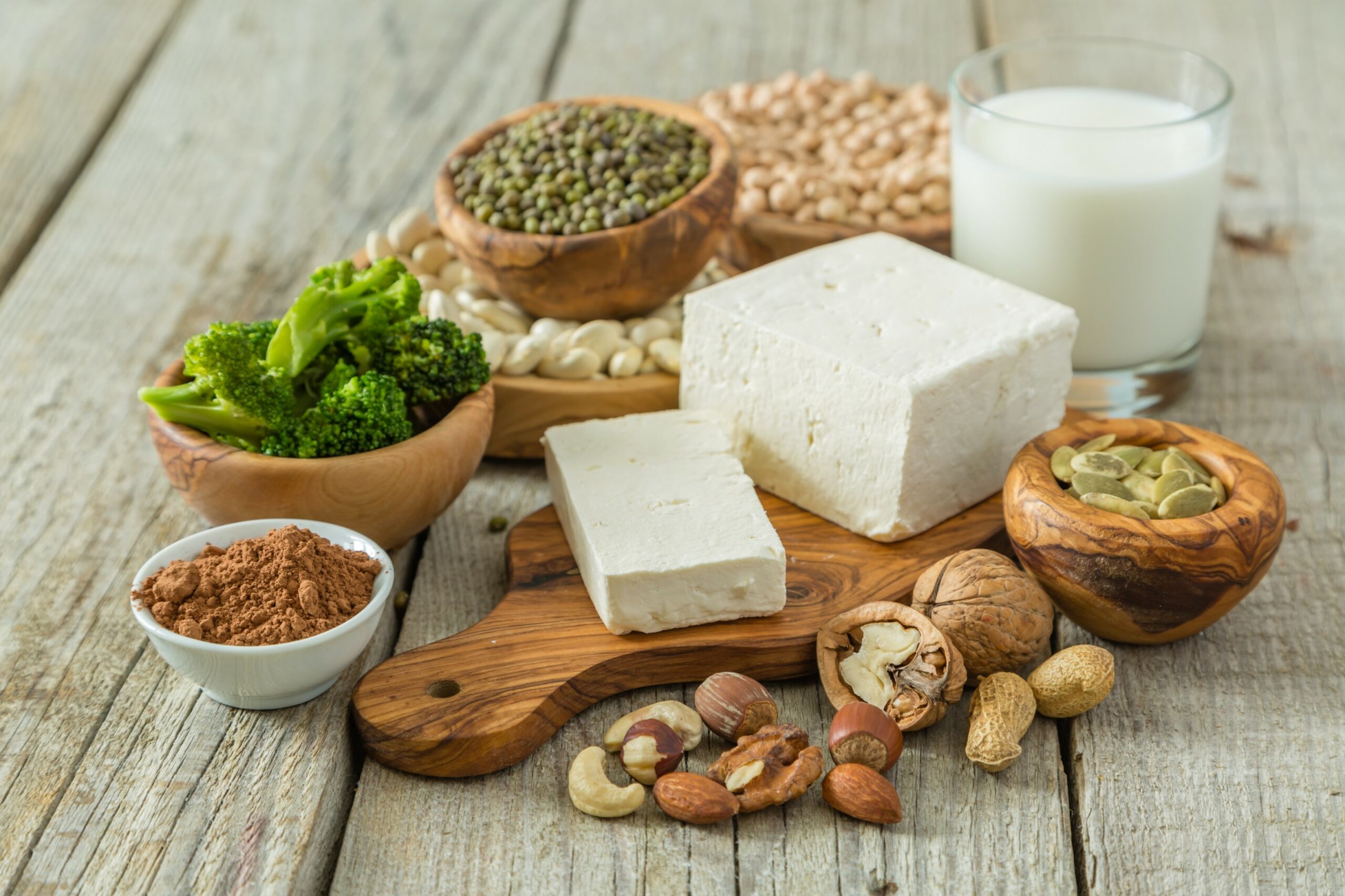A high but declining production cost of cell-based meat
The cost of producing cell-based meat has fallen sharply in recent years. Where a cell-based meat patty would have cost US$1.2 million per pound in 2013, an early 2019 estimate by Aleph Farms is 10 000 times lower at US$100 a pound. However, that is still significantly higher than the retail price of plant-based (~US$12 per pound) or animal-based (~US$ 3 per pound) beef patties.
Most of the variable costs in producing cell-based protein come from the cell culture media, the most expensive component of it being animal serum. Animal serum provides growing cells with essential trace nutrients and growth factors. While non-animal serum replacements are available, they usually have proprietary formulations and are even more expensive. The cell-based seafood startup, Shiok Meat, reported that 90% of their costs are attributed to commercial serum-free cell culture media.
Looking at this, synergistic partnerships between cell-based protein and cell culture media manufacturers are an obvious strategy to lower the cost. In 2018, Merck KGaA, a major life science company, invested in Mosa Meat. In early 2020, Nutreco, a global animal feed player, also invested in Mosa Meat. As the animal feed market is more mature compared to both cell-based meat and cell-culture media production, the partnership is expected to bring global manufacturing and supply chain expertise to the table.
FOOD 2050 :
What will tomorrow’s food look like?
Promising developments in consumer acceptance
A recent consumer survey showed very positive results for Asian markets: 59.3% of consumers surveyed in China and 48.7% in India were “very or extremely likely” to purchase clean meat, while only 29.8% in the USA would. Given the substantial differences in consumer acceptance between markets, the decision on which geographic market to launch first could affect launch momentum.
Media narratives can also have an immense impact on consumer perceptions. If negative labels such as “Franken(stein)-meat” become prominent, receptiveness towards cell-based meat could decline. However, there is no industry nor regulatory consensus on the appropriate label to use. We have used the term “cell-based meat” in this article, but alternative terms such as “cultured meat”, “clean meat”, “slaughter-free meat” and “lab-grown meat” have also been proposed. Due to differences in the local cultural and linguistic contexts, a different label could be appropriate in each market.
In cultures with strict religious dietary laws, unclear or negative religious rulings on cell-based meat can be an additional barrier to acceptance. However, recent religious pronouncements on cell-based meat have been promising. In 2018, Islamic scholars in Malaysia stated that if the starter cell was obtained from a halal-slaughtered animal, and not grown in animal-derived media, the resulting cell-based meat would be considered halal (permissible under Islamic law). This could open the US$700 billion global halal meat market to cell-based meat players.
Clearer regulatory requirements to launch cell-based meat offers
Compared to just a few years ago, the regulatory pathway for cell-based meat has been clarified in many jurisdictions. In the EU, cell-based meat will fall under the “Novel Food Regulation” passed in January 2018. Applicants will have to propose intended uses of their product and how it would be labelled and submit scientific evidence of food safety. The European Food Safety Authority (EFSA) will then assess the risk, and a decision will be made by the European Commission.
In the US, a joint announcement by the Food and Drug Administration (FDA) and Department of Agriculture (USDA) in March 2019 established the basic regulatory framework for such products. The US FDA will be in charge of regulating pre-harvest processes, while the USDA will oversee harvesting, meat processing, and labelling.
In Singapore, the Singapore Food Authority (SFA) advised in November 2019 that cell-based meat will be regulated as a “novel food”. Applicants are encouraged to consult SFA early while still in product development, to better align on regulatory requirements. Upon submitting details on the manufacturing process and food safety testing results, a review process lasting between three to six months is to be expected.
While cell-based meat has yet to be launched on the market, the cost of production has fallen, consumer acceptance is growing, and the regulatory framework has been clarified. Prominent cell-based meat manufacturers have projected market launch in 2022, and this timeline seems likely to be met given recent developments!
Interested in this topic? Discover our position paper FOOD 2050 [in French] and our achievements in regulatory framework analysis and search for partners consulting!
About the authors
Warren, Consultant in Alcimed’s Life Sciences team in Asia-Pacific
Bettina, Business Director in Alcimed’s Life Sciences team in Asia-Pacific



